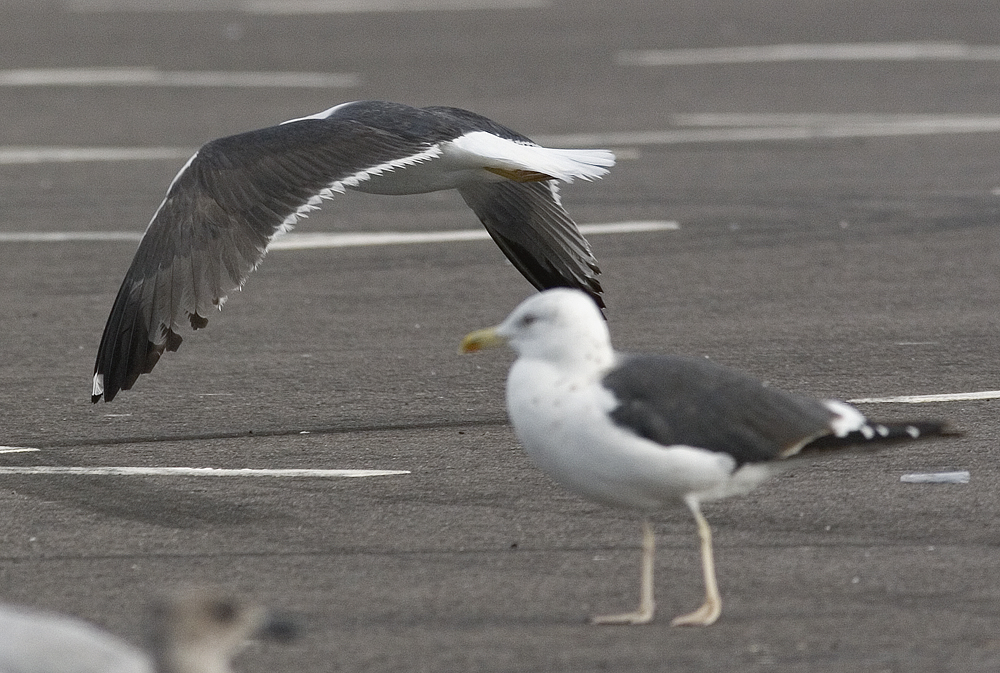 Lesser Black-backed Gull (graellsii & intermedius)
Lesser Black-backed Gull (graellsii & intermedius)
(last update: May 17 2015)
lbbg 1cy May
lbbg 1cy June
lbbg 1cy July
lbbg 1cy August
lbbg 1cy September
lbbg 1cy October
lbbg 1cy November
lbbg 1cy December
lbbg 2cy January
lbbg 2cy February
lbbg 2cy Mar-April
lbbg 2cy May
lbbg 2cy June
lbbg 2cy July
lbbg 2cy August
lbbg 2cy September
lbbg 2cy October
lbbg 2cy Nov - Dec
lbbg 3cy Jan-April
lbbg 3cy May
lbbg 3cy June
lbbg 3cy July
lbbg 3cy August
lbbg 3cy September
lbbg 3cy October
lbbg 3cy Nov - Dec
lbbg sub-ad Jan-April
lbbg sub-ad May
lbbg sub-ad June
lbbg sub-ad July
lbbg sub-ad Aug
lbbg sub-ad Sept
lbbg sub-ad Oct
lbbg sub-ad Nov
lbbg sub-ad Dec
lbbg adult January
lbbg adult February
lbbg adult March
lbbg adult April
lbbg adult May
lbbg adult June
lbbg adult July
lbbg adult August
lbbg adult September
lbbg adult October
lbbg adult Nov - Dec
LBBG adult, August 22 2012, Katwijk, the Netherlands.
P1-P10 old.
By the end of August, most LBBG have started primary moult in the Netherlands. However, it is still possible to find adult LBBG of the taxa graellsii and intermedius, which have still all primaries, P1-10 old, even in the first week of September.
By September, such birds with 10 old primaries and a snowy white head may be misinterpreted for nominate fuscus, which often has all primaries still old by early September. But intermedius often show a paler shade of grey in the upper-parts and colder brown worn scapulars and coverts.
LBBG with 10 old primaries by late August are not numerous and in large scale surveys at Maasvlakte (near Rotterdam) we estimate < 3% of adult LBBG to have 10 old primaries (n = 519 on August 28 2001, n = 361 on August 22 2002). But it seems quite reasonable to presume that adults which are late in primary moult, may have a stronger tendency to first migrate south and start moult after arrival at the wintering grounds. Research of migrating adult LBBG along the Atlantic coast would be necessary to answer this question.
